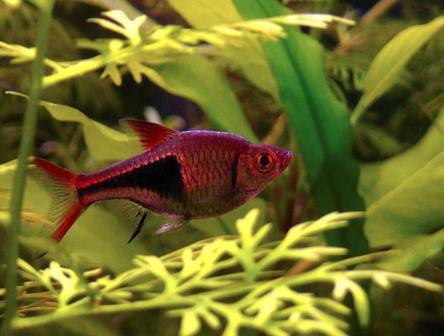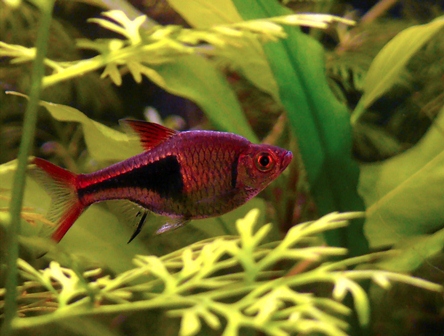Can flushing pet fish threaten the environment?

Register to get 1 free article
Reveal the article below by registering for our email newsletter.
Want unlimited access? View Plans
Already have an account? Sign in
 Do home aquarium species have the potential to threaten our ecosystem? According to a report from the University of California the answer is yes.
Do home aquarium species have the potential to threaten our ecosystem? According to a report from the University of California the answer is yes.
Well-intentioned pet owners and aquarium keepers seeking to ‘free’ their fish via the toilet may inadvertently be contributing to the threat of invasive species downstream.
Lead author of the report Susan Williams, an evolution and ecology professor with the UC Davis Bodega Marine Laboratory, found that upwards of 11 million non-native ornamental marine individuals, primarily from Indonesia and the Philippines, are reported annually through Californian ports.
“Although relatively few aquarium species have been introduced compared to species in other pathways, such as ballast water, they are highly successful because they’re grown to be hardy and robust,” Williams said. “They have to be tough to survive in the trade.”
Of the 11 million introduced species reported, 69 per cent successfully established themselves in California, signalling a potential threat to the state’s marine ecosystems.
California has previously encountered problems with the aquatics industry in the form of Caelerpa. The seaweed infected two lagoons in the state and cost it more than $6 million to eradicate.
This warning isn’t exclusive to California however. The aquarium trade represents a £620 million a year global industry that supports one of the world’s most popular home-based hobbies; the report states that only photography is more prevalent.
Williams continued: “Unlike some other vectors, we can easily prevent unwanted introductions [into the marine ecosystem] from the aquarium trade.
“Aquarium hobbyists can follow some simple practices, such as not dumping their aquarium or avoid releasing aquarium species into natural water, where they can become an expensive and harmful pest.”







